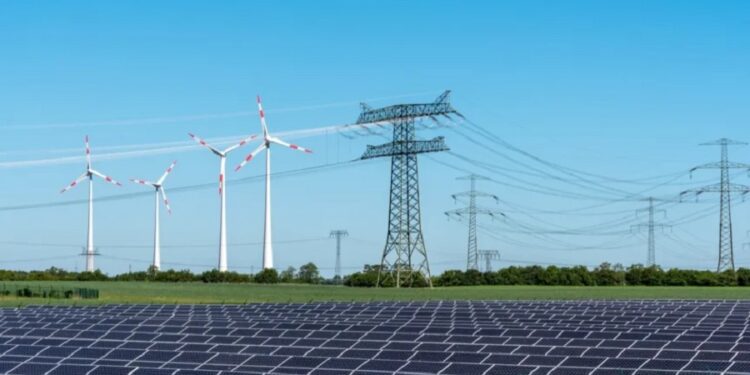At the end of April 2025, the primary energy deficit in Tunisia continues to worsen, due to a decline in national oil and gas production. The rate of energy independence fell back, despite increasing consumption.
The primary energy deficit in Tunisia has established 1.73 million tonnes of oil equivalent (MTEP) at the end of April 2025, an increase of 10% compared to the same period in 2024, according to the latest report of the National Energy and Mines Observatory.
This digging is mainly explained by the drop in local resources, combined with an increased energy demand.
The rate of energy independence, that is to say the ratio between local primary energy resources and total consumption, fell to 40% at the end of April 2025, against 45% a year earlier.
Without integrating the royalty on the transit of Algerian gas, this rate would even drop to 31%, against 33% at the end of April 2024. In other words, Tunisia covers less than a third of its energy needs by its own resources, excluding external contributions.
Primary energy resources fell 7%, dropping to 1.2 MTEPs at the end of April 2025. This withdrawal is mainly due to the decrease in national production of crude oil and natural gas, which together represent 72% of the country’s primary energy resources.
The share of renewable energies (STEG production, private and self -production) remains marginal, not exceeding 2% of the total.
The royalty on the transit of Algerian gas, which completes national energy resources, also dropped by 16% compared to April 2024.
Primary energy demand recorded an increase of 3% between April 2024 and April 2025. This growth is essentially increased by an increase of 5% in natural gas consumption and almost stability of demand in petroleum products.
The structure of demand is slightly evolving. Natural gas now represents 49% of demand (compared to 48% in 2024), petroleum products constitute 50% (compared to 51% last year).








